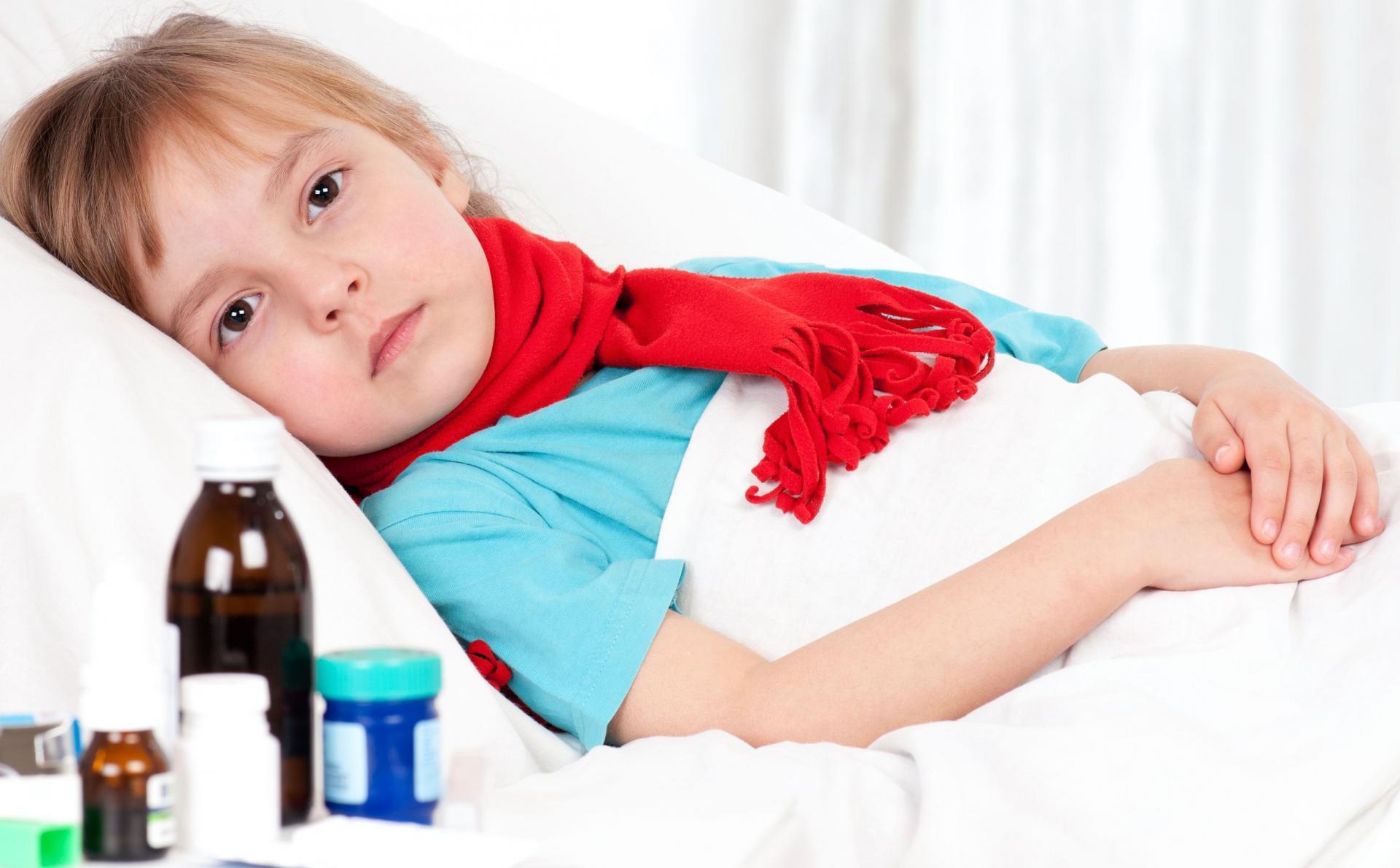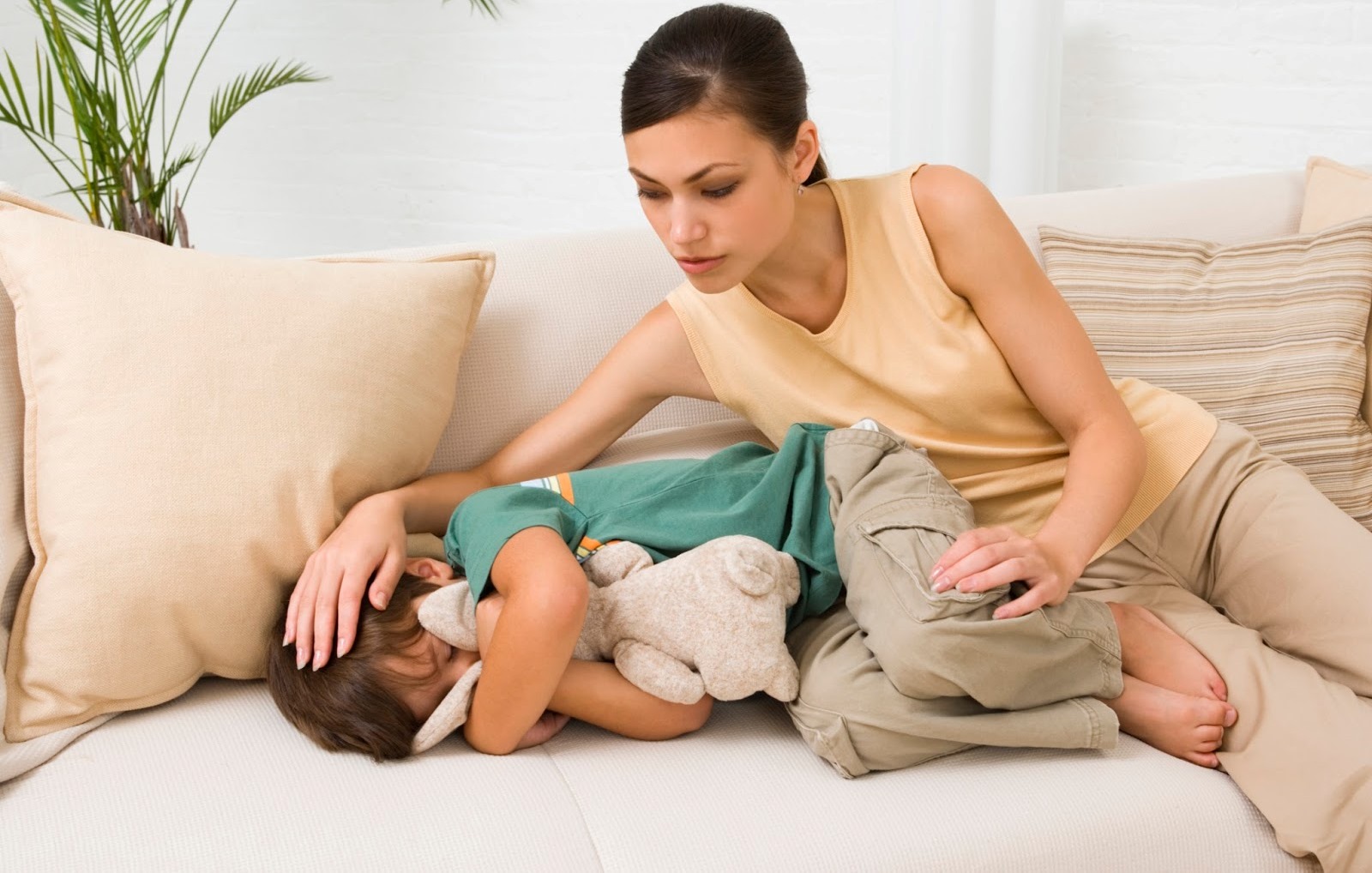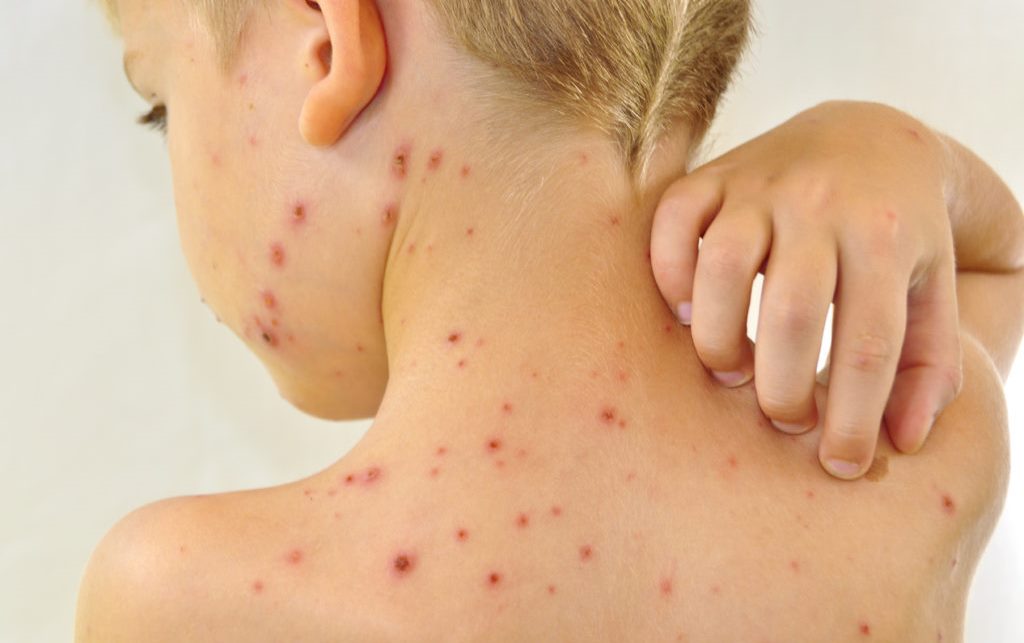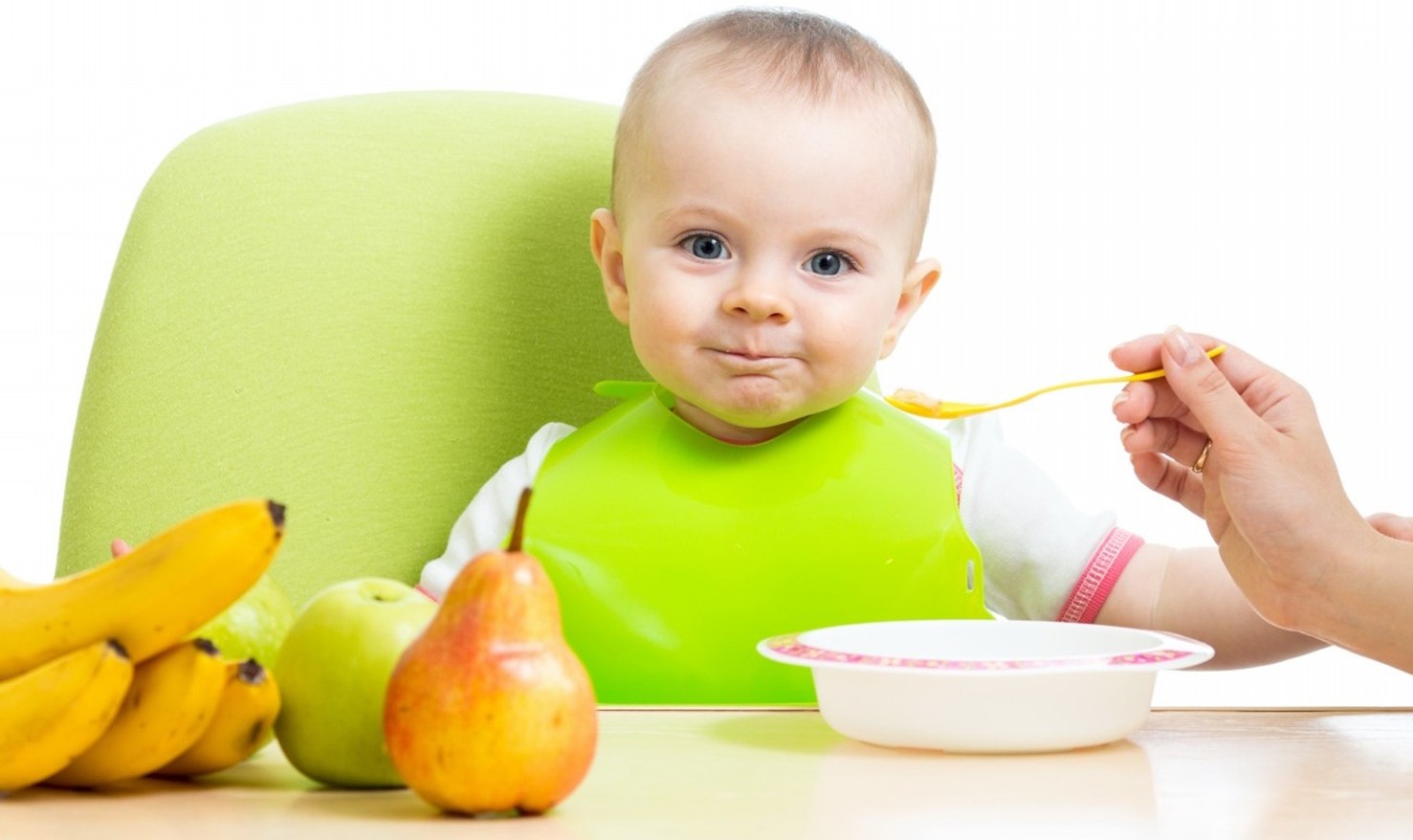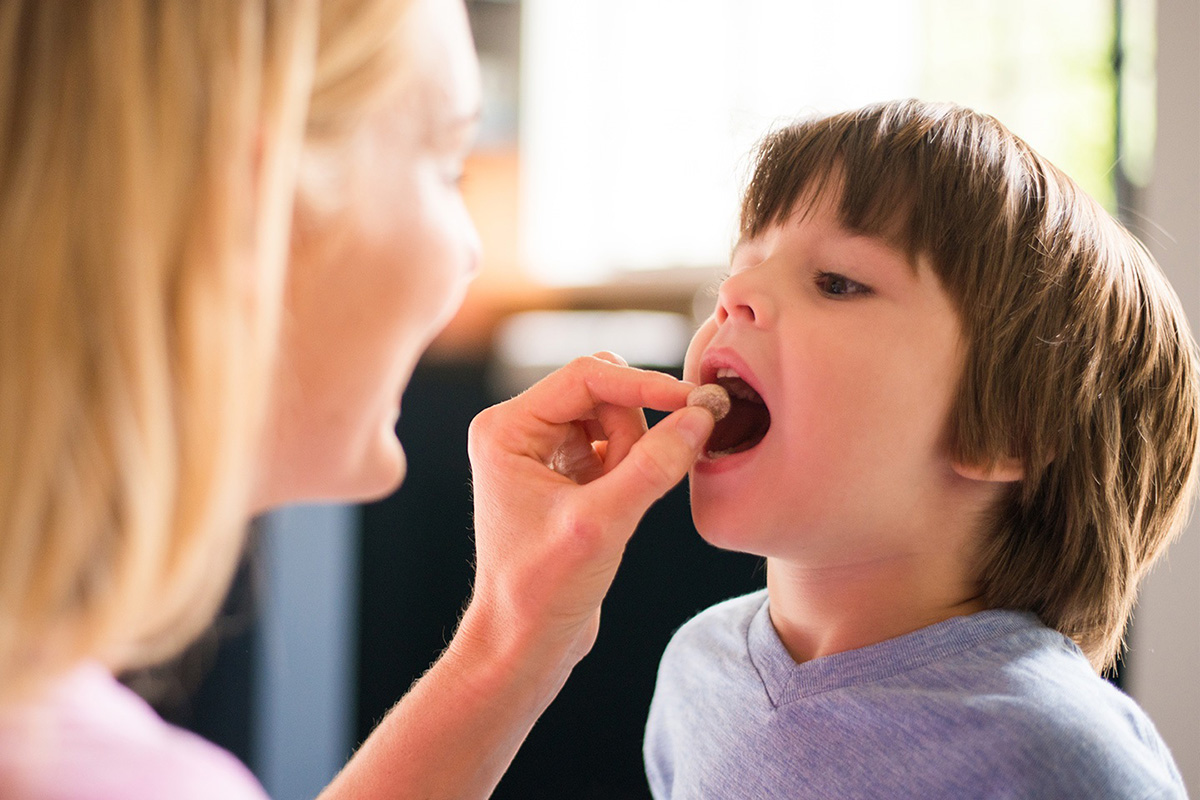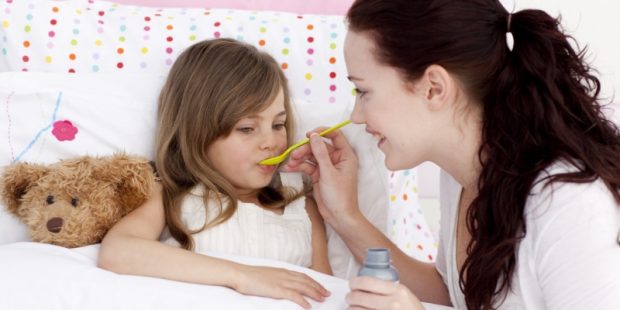
Most parents try to cure a small child without the use of antibiotics, but in some cases, it is almost impossible to do without “heavy artillery”. This position is quite understandable – antibacterial drugs cause significant damage to a small body that is sensitive to such serious medicines. However, with the right approach, you can reduce the negative effect of involuntary antibiotic therapy to a minimum.
How to quickly and competently restore the children’s body after a course of antibiotics? What consequences can occur and how to minimize the likelihood of complications? Pediatric councils will help to understand the features of treatment and subsequent rehabilitation of young patients.
When not to do without antibiotics? Rules for effective antibiotic therapy
Many parents are of the opinion that a child, especially a small child, will be harmed only by antibiotics. Nevertheless, completely refusing to take them in some cases is not just stupid and unwise, but also dangerous – bacterial infections without appropriate antibacterial therapy can develop into severe forms that require much more serious measures than a course of medications. However, you shouldn’t go to extremes, puppet a crumb with potent pharmacology at the first sneeze either – you can kill an incompletely formed immunity and, in the end, earn at least noticeable complications.
When is it reasonable to use antibiotics, and when is it better to postpone the course? The only one who knows the answer to this question is the child’s doctor in charge of diagnosing a specific disease. Only he, assessing the results of the tests and the general condition of the patient, can state whether the child needs antibacterial agents, which ones and in what dosage. In addition, a competent specialist during the appointment will tell you in which combination it is better to use the selected drug in order to reduce the negative effect after ingestion and restore the body of the little patient faster.
Negative effects of antibiotic therapy and how to eliminate them
Of course, the most significant result after a course of antibiotics will be the full recovery of the child. However, in most cases, such treatment brings not the only benefit – the following deviations can be a “fly in the ointment”:
- dysbacteriosis,
- bowel disorders,
- inadequate immune responses
- hypovitaminosis,
- total depletion of the body.
How to reduce the likelihood of such problems and as quickly as possible to cope with their manifestation? Let’s consider the most common recommendations of pediatricians, which will preserve the health of the child during antibiotic therapy.
How to restore baby’s digestion?
The action of antibiotics is aimed primarily at eliminating pathogenic bacteria that have entered the body during an illness. However, the problem is aggravated by the fact that, in most cases, the drugs do not distinguish between pathogenic and beneficial microorganisms, and normal microflora falls under the “crossfire”. The child’s gastrointestinal tract suffers the most: microorganisms that colonize the intestines are involved in metabolic processes, helping food to digest properly, regulate the breakdown and absorption of nutrients. Therefore, after taking antibiotics, a decrease in appetite, upset stool, increased salivation, and frequent nausea can be observed for no apparent reason.
To prevent the appearance of dysbacteriosis or at least facilitate its flow, it is necessary to use reducing agents from the first day of taking antibiotics. If the baby is still breastfeeding, you should put it to the breast as often as possible – mother’s milk contains all the bacteria necessary for normal digestion, therefore it is the best way to eliminate dysbiosis. For older children, the doctor may prescribe probiotics – drugs with a high content of beneficial bifidobacteria and lactobacilli. In addition, the daily diet of the patient must be enriched with lactic acid products – live yogurts, natural kefir, and cottage cheese, which help restore the normal environment of the gastrointestinal tract.
Prevention of allergic reactions to antibiotics
Even in children who are not prone to allergies, on the background of antibiotic therapy, symptoms of hypersensitivity may appear. The fact is that in violation of metabolism, protein compounds contained in the daily menu are not sufficiently broken down, entering the blood in an atypical form. The body perceives them as alien, so it starts attacking, with the result that the child may develop signs of allergy – rash, itching, irritation, etc.
Usually, unpleasant symptoms do not require special treatment and go away on their own after the restoration of microflora. But if itching gives the child discomfort, it is worthwhile to consider the additional prescription of antihistamines (often pediatricians recommend taking them together with antibiotics).
Atypical consequences of dysbiosis
If the disturbance of the microflora could not be prevented, the child may manifest completely different symptoms, including those not related at first glance to the organs of the digestive tract. So, after antibiotic therapy, girls sometimes have specific vaginal discharge characteristic of thrush. They should not be frightened – with careful hygiene, everything usually passes within a week. However, if the discharge is too intense, accompanied by itching or not for a long time, the child should be shown to the pediatric gynecologist – he will prescribe suitable for age-reducing preparations.
Another unpleasant symptom of dysbiosis is stomatitis – painful ulcers on the oral mucosa. They occur against the background of fungal candidiasis and are accompanied by the appearance of white plaque on the tongue and gums. In order to restore the microflora in this case, a course of antifungal agents and antiseptic rinses may be required to kill the fungus in the mouth.
Sparing diet during the course of antibiotics
Since the metabolic processes are disturbed against the background of antibacterial treatment, the diet of the child should be revised, focusing on lighter and more beneficial products. Any fast food, fatty, fried, smoked, salty and sweet foods are banned. It is better to replace them with the following products:
- oatmeal, buckwheat, rice or corn porridge;
- lean meat (chicken, turkey, veal, rabbit meat), boiled or steamed;
- low-fat fish stew;
- fresh vegetables, fruits, berries;
- dairy products;
- plentiful drink – fruit drinks, natural juices, mineral water, herbal teas, compotes.
It is better to use cereals and drinks without sugar, but if the child protests strongly, you can sweeten the dishes with honey (certainly, in the absence of allergy) – this product is much healthier and, moreover, easier to digest.
Vitamin therapy
Antibiotics not only undermine digestion but also the baby’s immune system. To restore the body, having taught it to cope with infections itself, it will take at least a monthly course of vitamins A, C, E, D and group B, and also iron, calcium, and selenium. Ideally, the selected multivitamins will include lecithin – this substance helps the body absorb useful substances and, moreover, stimulates the production of red blood cells.
Lifestyle after treatment
Parents should understand that during illness, the limited resources of the child’s body are spent with tripled strength, and antibiotics only aggravate this process, so after recovery, the child needs time to get stronger. A number of important rules will help to restore the shattered health of the crumbs and strengthen its immunity:
- It is not necessary to immediately give the baby to school or kindergarten after recovery. If conditions allow, it is better to overdo the child for several days or even weeks at home, paying particular attention to post-infectious rehabilitation. Otherwise, it is likely that a weakened body will react to the first infection, and the disease will recur, only in a more severe form.
- Often take a walk in the fresh air, while trying not to overheat and not supercool the child. The desire to protect it from all existing viruses and bacteria with several layers of out-of-season warm clothing can lead to the opposite effect – the sweaty baby simply blows. But too light clothes will not work either – hypothermia can be dangerous for a weakened body. Therefore, choosing a wardrobe for a walk, it is better to be guided by weather conditions and common sense.
- Reconsider the situation in the nursery. After antibiotic therapy, the child needs the most healthy environment, so it is better to get rid of all the “dust collectors” in the nursery. Minimize the number of soft toys, and those that remain, carefully rub using baby powder. The daily vacuum in the room, wipe the dust, do wet cleaning and air. It is also advisable to install a humidifier in the nursery during the heating season.
- Do not rush to return to hardening. Of course, regular restorative procedures are extremely useful for the health of the child, but this does not mean that you should be too carried away with them immediately after recovery. Even if the child easily tolerated a contrast or cool shower before the illness, you should not immediately return to the initial temperatures – it is better to wait until the body is fully restored, and then start hardening from the very beginning, gradually reducing the water temperature by 1-2 degrees.
Do not be too afraid of the need for antibiotics – no doctor will prescribe them without a reason. In addition, the correct approach to treatment will quickly restore the children’s body after serious antibiotic therapy, strengthen the child’s immunity and prevent possible negative effects of dysbiosis.

